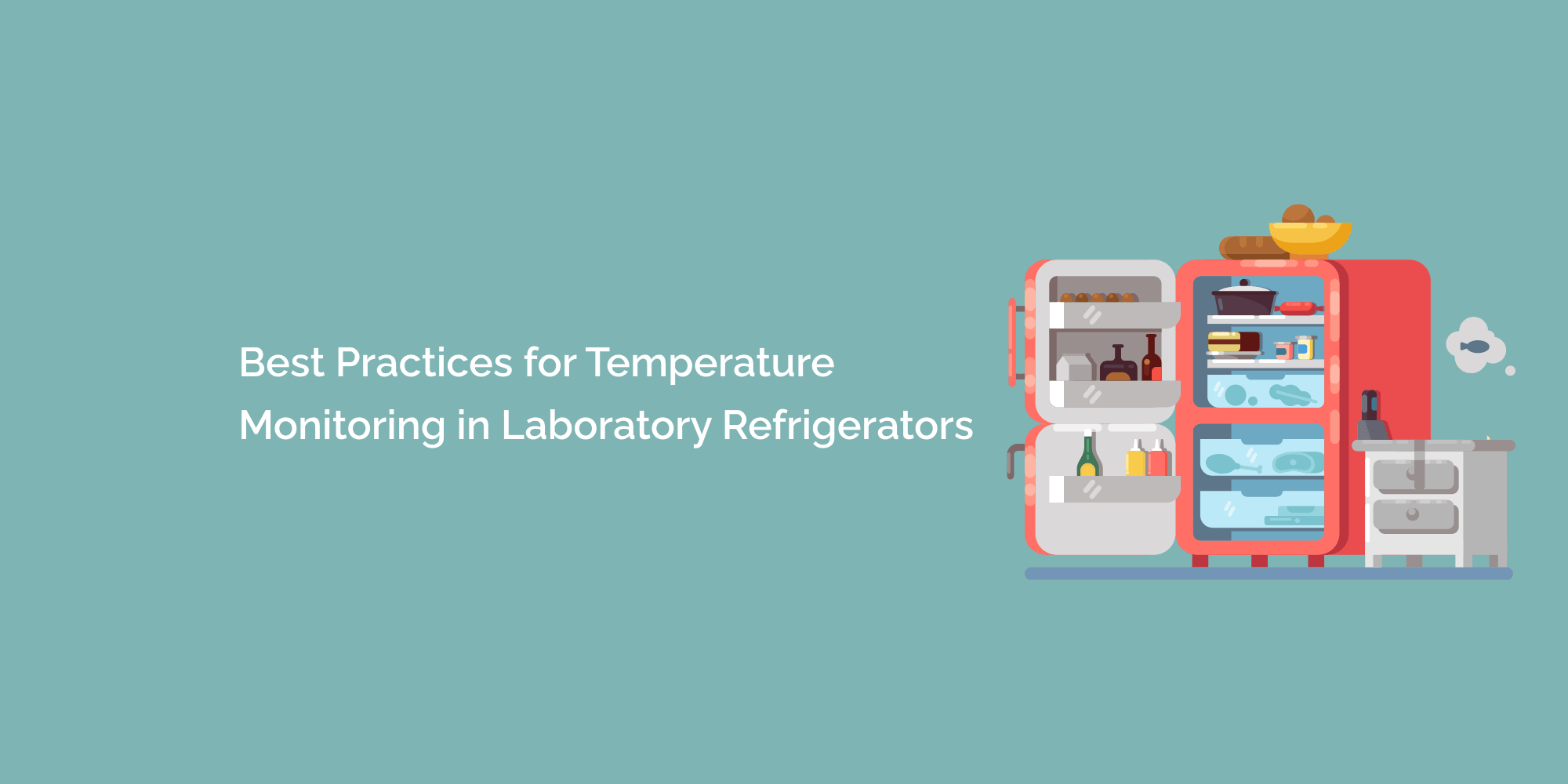Temperature monitoring is critical in laboratory settings, especially when it comes to refrigeration units. Proper temperature control ensures the integrity and safety of sensitive samples, reagents, and specimens stored in laboratory refrigerators.
In this blog, we will explore the best practices for temperature monitoring in laboratory refrigerators. By implementing these practices, laboratories can safeguard their valuable assets, maintain regulatory compliance, and uphold the quality of their research and testing processes.
The Importance of Temperature Monitoring in Laboratory Refrigerators
To understand the significance of temperature monitoring, it's essential to recognize the crucial role temperature plays in laboratory settings. In this section, we will explore why precise temperature control is vital for preserving the integrity and stability of various laboratory materials.
We will discuss the potential consequences of temperature fluctuations, including sample degradation, compromised research outcomes, and safety risks. Furthermore, we will outline the regulatory requirements and guidelines that govern temperature monitoring in laboratory refrigerators.
Choosing the Right Monitoring System
This section will focus on selecting an appropriate temperature monitoring system for laboratory refrigerators. We will discuss the various types of monitoring systems available, such as manual temperature logbooks, digital data loggers, and automated monitoring systems.
We will explore the pros and cons of each option, taking into account factors such as cost, accuracy, data accessibility, and regulatory compliance. Additionally, we will discuss the importance of considering the specific needs and requirements of the laboratory when choosing a monitoring system.
Placement of Temperature Sensors
The proper placement of temperature sensors is crucial for accurate monitoring in laboratory refrigerators. In this section, we will discuss the optimal sensor placement to ensure reliable temperature measurements.
We will explore different areas within the refrigerator that should be monitored, including the warmest and coldest spots, as well as potential temperature gradients. Furthermore, we will emphasize the importance of avoiding sensor placement near heat sources or air vents that could affect temperature readings.
Calibration and Validation
Regular calibration and validation of temperature monitoring equipment are essential to ensure accurate and reliable measurements. This section will highlight the importance of calibrating temperature sensors and data loggers, as well as verifying their accuracy against certified reference standards.
We will discuss recommended calibration intervals and the process of conducting validation studies to confirm the performance of temperature monitoring systems. Additionally, we will address the documentation and record-keeping requirements associated with calibration and validation activities.
Alarm Systems and Alerts
Temperature deviations can have detrimental effects on laboratory samples and materials. This section will focus on the implementation of alarm systems and alerts to promptly notify laboratory staff of temperature excursions. We will discuss the types of alarms available, such as audible alerts, visual indicators, and remote notifications via email or text messages. We will also explore the importance of setting appropriate temperature thresholds and establishing escalation protocols to ensure timely response and mitigation.
Data Analysis and Reporting
Accurate and reliable temperature data is crucial for analyzing trends, identifying potential issues, and making informed decisions. This section will discuss the importance of data analysis and reporting in temperature monitoring. We will explore methods of data analysis, including statistical analysis, trend identification, and graphical representation. We will also discuss the generation of comprehensive reports for regulatory compliance, audits, and quality assurance purposes.
Staff Training and Education
In this section, we will emphasize the significance of staff training and education regarding temperature monitoring best practices. Laboratory personnel should be well-versed in the proper use of temperature monitoring equipment, understanding alarm systems, and responding to temperature deviations. We will discuss the importance of establishing training programs, providing written procedures, and conducting regular refresher courses to ensure staff competency and adherence to temperature monitoring protocols.
Regular Maintenance and Quality Assurance
Proper maintenance of laboratory refrigerators is essential to ensure their optimal performance and longevity. This section will discuss the importance of routine maintenance activities such as cleaning, defrosting, and inspecting the refrigerator units. We will also explore the implementation of quality assurance programs to monitor and assess the accuracy and reliability of temperature monitoring systems. Additionally, we will address the importance of periodic equipment validation and adherence to manufacturer's recommendations for maintenance.
Compliance with Regulatory Standards
Regulatory compliance is of utmost importance in laboratory settings. This section will focus on the regulatory standards and guidelines governing temperature monitoring in laboratories, such as Good Laboratory Practice (GLP) and Good Manufacturing Practice (GMP).
We will discuss the requirements related to temperature monitoring, documentation, record-keeping, and audits. Additionally, we will explore the consequences of non-compliance and the benefits of adhering to regulatory standards.
Conclusion:
Temperature monitoring in laboratory refrigerators is a critical component of maintaining the integrity, safety, and quality of laboratory materials. By following the best practices outlined in this blog, laboratories can ensure precise temperature control, comply with regulatory standards, and safeguard their valuable assets.
Implementing the right temperature monitoring system, proper sensor placement, calibration, alarm systems, data analysis, staff training, and regular maintenance are all key elements in establishing an effective temperature monitoring program. Let us embrace these best practices and elevate the standards of temperature monitoring in laboratory refrigerators for enhanced research outcomes and scientific excellence.








